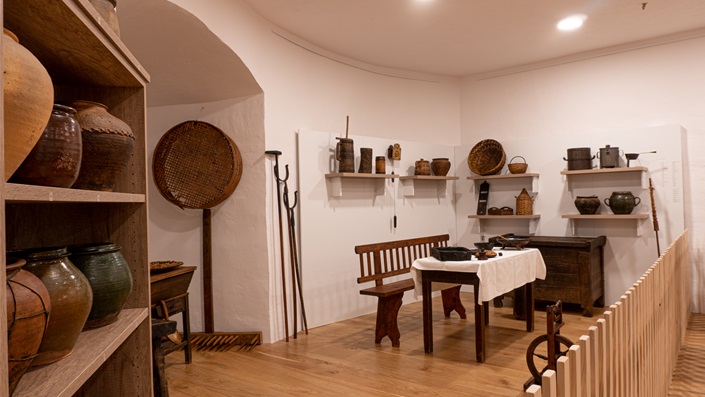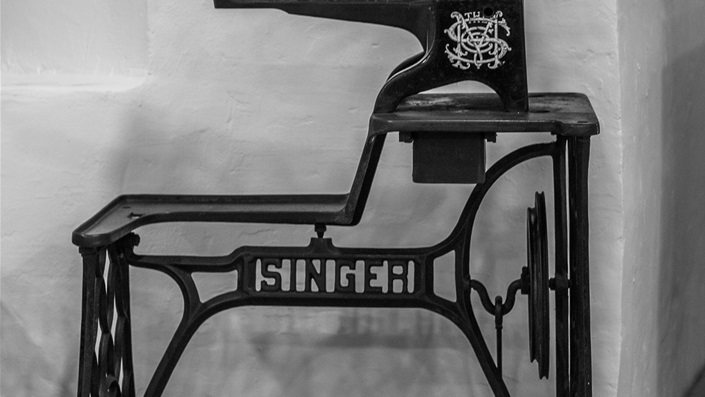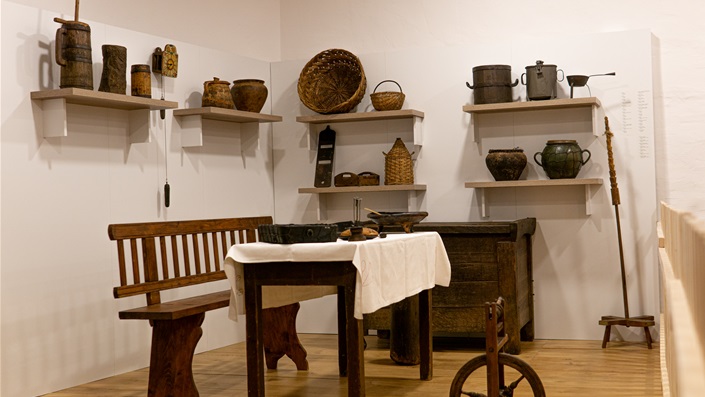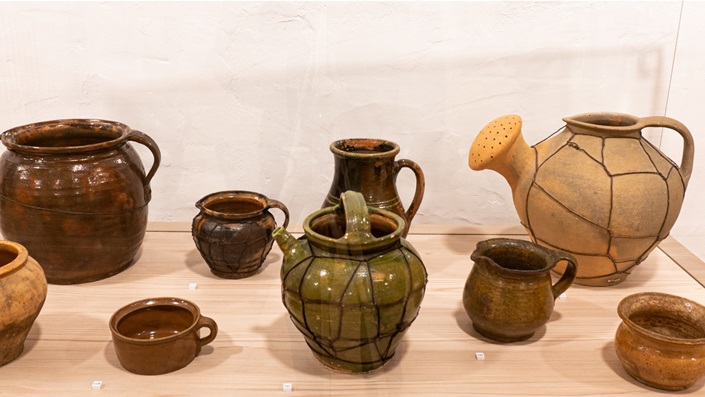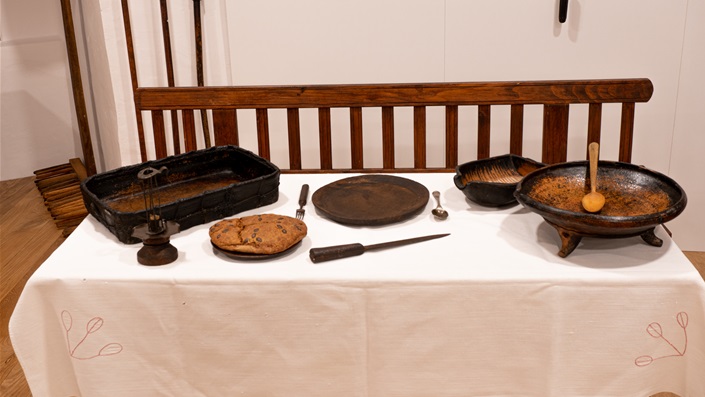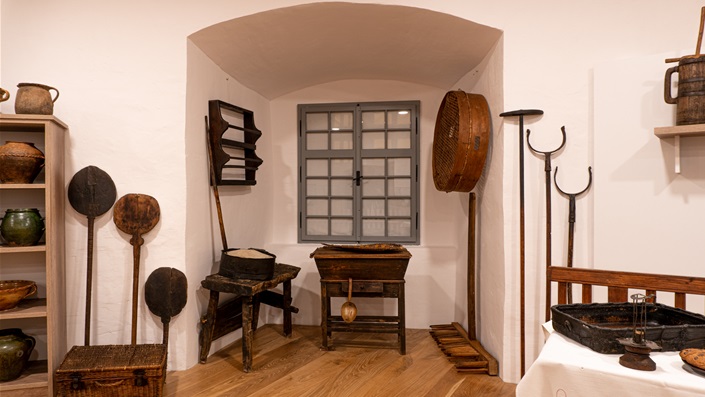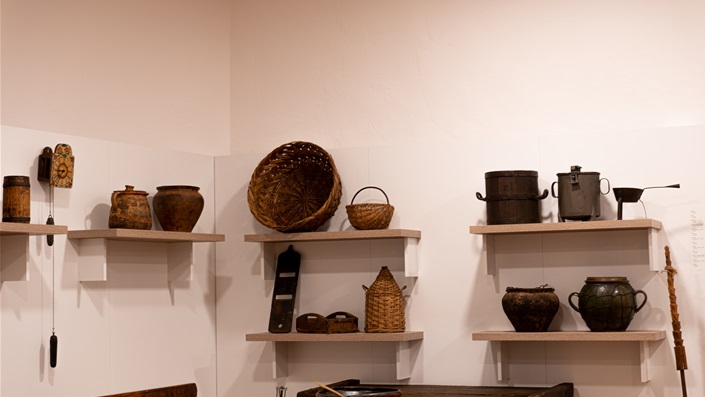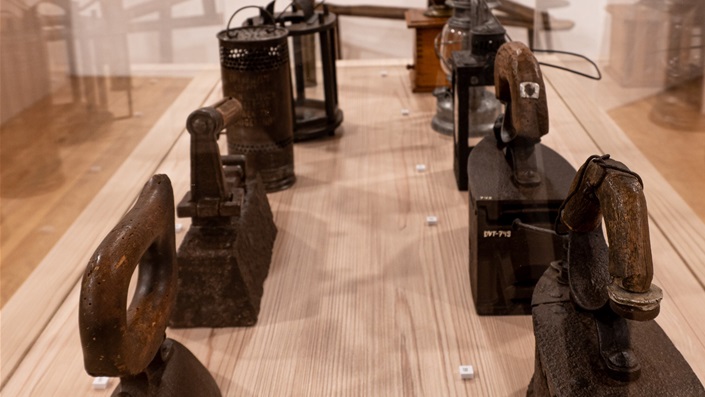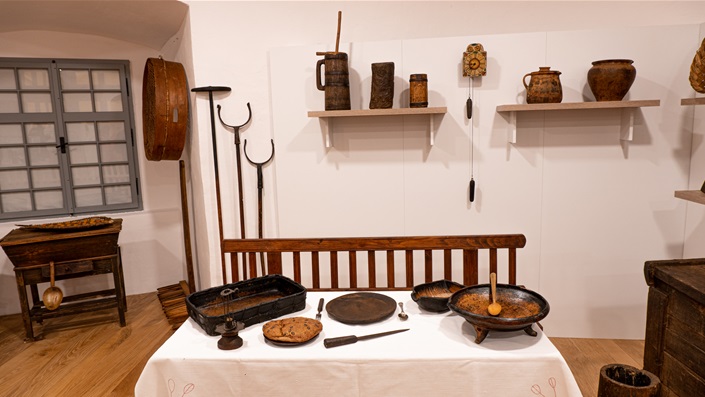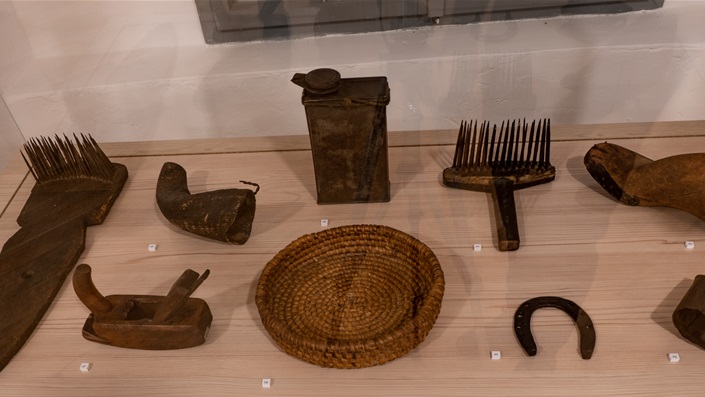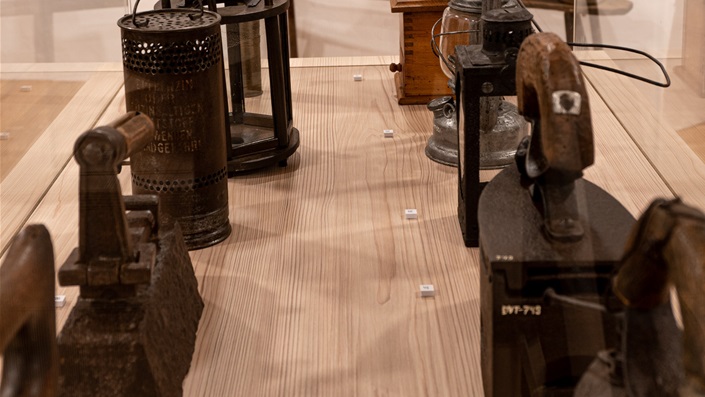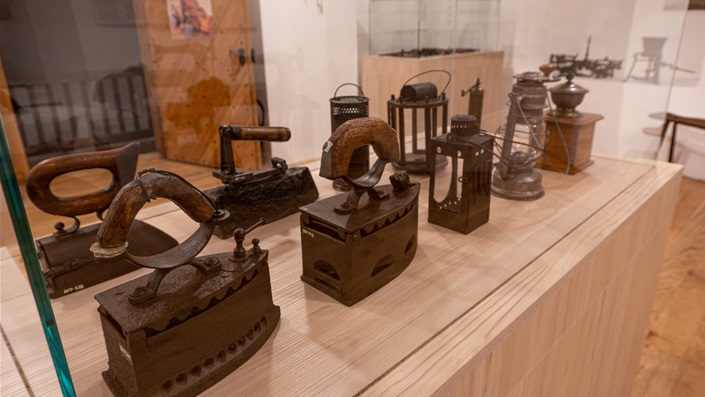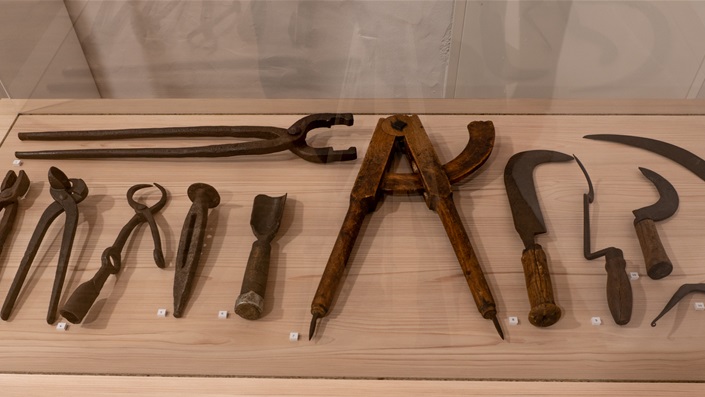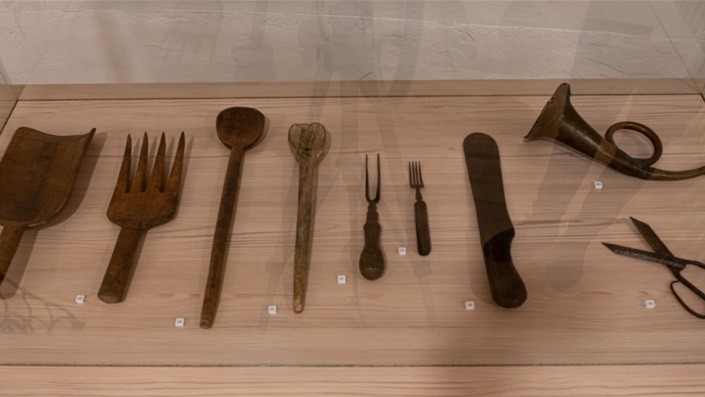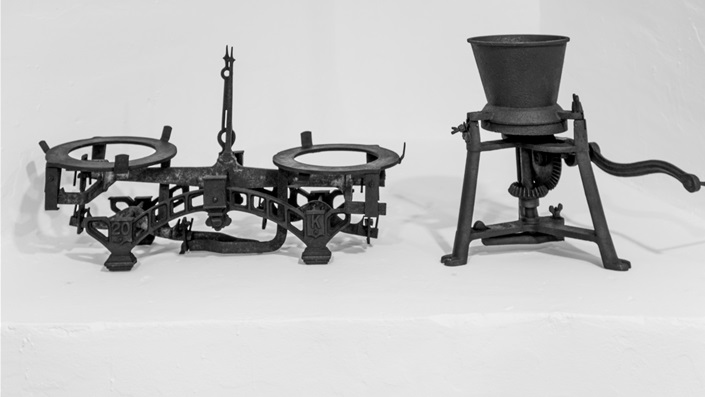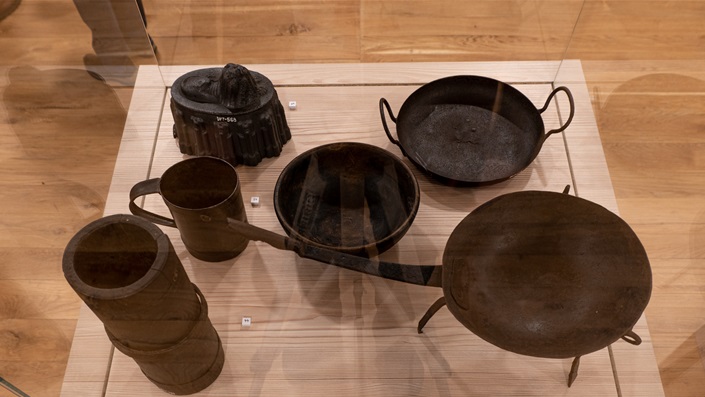Guardians of Ethnographic Heritage in Veliki Tabor
The exhibition "Guardians of Ethnographic Heritage in Veliki Tabor" presents the Ethnographic Collection of the Veliki Tabor Castle, which comprises items of traditional vilage households and farmsteads from Hrvatsko Zagorje, particulary from Desinić and Pregrada areas. At present, the Ethnographic Collection of the Veliki Tabor Castle comprises 512 inventoried objects and the exhibition presents a selection of 133 exhibits dating from the late 19th and the 20th century. Pottery, household items, and traditional farmstead objects constitute the majority of the collection. The ceramic items were produced on a foot-operated pottery wheel characteristic of the Pannonian area. They were probably produced in Ivanec area, where the best known centres of the pottery craft in Hrvatsko Zagorje were located. The items were used for various purposes – for cooking, baking, storing, processing, and serving food, for keeping and transporting liquids, and for watering plants. The household items in the collection include hot-coal irons, lanterns, coffee grinders, plates, bowls, bread shovels, spoons, forks, knives, butter churners, stove shovels, and so on. To a lesser extent, the Collection also includes items from traditional crafts (a pair of compasses, chisel, pliers, cartwright's work bench, blacksmith bellows, planes, saws, cobbler's lasts…). Some of the objects can be classified both as tools and as utensils in textile production (flax combs, brakes, and scotching boards, distaffs, spinning wheels…). With the exception of a towel, a tablecloth, and a bed sheet, textile items are not represented in the Collection. There is, however, an object that stands out, one that concerns traditional customs – košuta, a doe-like wooden Carnival mask that greatly resembles the Carnival masks from Međimurje and is likely from that area.
It would be impossible to discuss the forming of the Ethnographic Collection without considering the history of Veliki Tabor in the second half of the 20th century, particulary since the mid-70s, when the castle began organizing exhibitions of ethnographic items and collecting objects from Desinić and Pregrada areas. Through exhibition panels in Croatian and English language, visitors are introduced to the founding of the County Museum of the Pregrada Municipality in Veliki Tabor in the early 80s of the last century. Exhibition also sheds light on the period when the castle was managed by the Tourist Association of Pregrada Municipality and the Veliki Tabor Society from Desinić. Special emphasis was placed on Josip Štimac, one of the co-founders of the County Museum and former president of the Veliki Tabor Society, and Ivica Špoljar, the largest donor of the collection and the first employee of the Museum of Hrvatsko Zagorje who was employed at Dvor Veliki Tabor. The exhibition also reveals the state of the Ethnographic Collection from 2003 until today, particulary in the period when the professional staff of the Museum of Hrvatsko Zagorje takes care of the objects.
The author of the exhibition is the curator of Veliki Tabor Castle, historian Renata Dečman.


